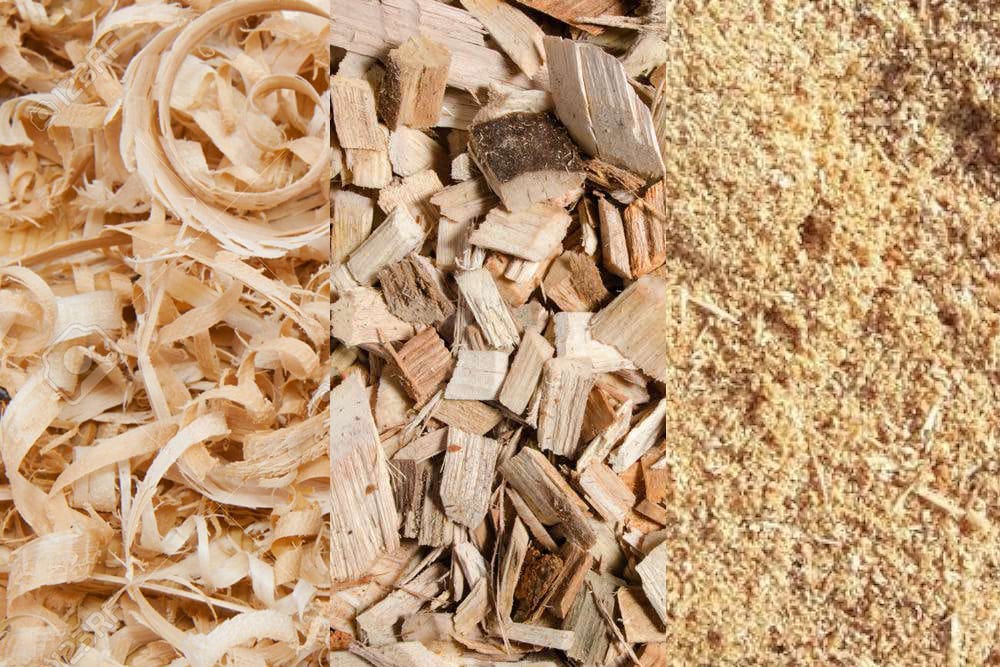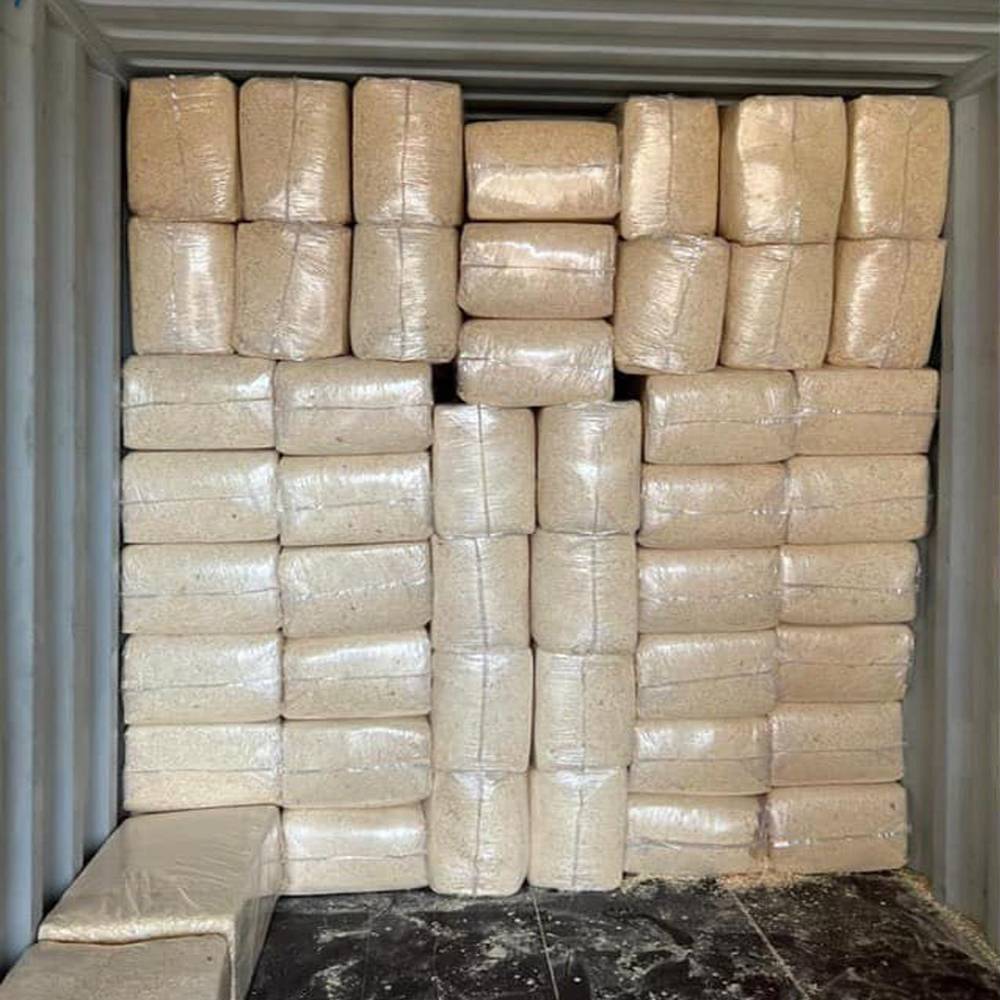The Ingredients of Wood Shavings: A Comprehensive Guide to Their Sources and Production
Understanding the Core Ingredient of Wood Shavings

Wood shavings are a natural and versatile material primarily composed of wood, derived from a variety of tree species. The core ingredient, wood, determines the texture, absorbency, and overall functionality of the shavings. Softwoods such as pine, spruce, cedar, and fir are the most commonly used due to their abundance, cost-effectiveness, and desirable properties. Pine, for example, is widely favored for its high absorbency and pleasant scent, making it a top choice for applications like animal bedding. Spruce and fir produce lightweight, soft shavings that excel in cushioning and insulation, while cedar is prized for its aromatic qualities and natural insect-repellent properties. In some cases, hardwoods like oak, maple, or acacia are used, particularly when specific characteristics, such as durability or aesthetic appeal, are needed. The choice of wood type is critical, as it directly impacts the performance of the shavings in their intended applications, whether for animal bedding, packaging, or decorative purposes. By selecting the right wood, manufacturers can tailor shavings to meet diverse industry needs.
Sources of Ingredients Wood for Shavings
The wood used to create shavings comes from various parts of a tree, including trunks, branches, and even fallen trees, making it a highly sustainable resource. In most cases, wood shavings are produced from timber processed in sawmills or woodworking facilities, where logs are cut, shaped, or planed into lumber. However, sustainable practices have expanded the sources to include reclaimed wood, such as branches or fallen trees, which would otherwise go unused. This approach not only reduces waste but also aligns with eco-friendly principles, positioning wood shavings as a byproduct of the woodworking industry. Some manufacturers blend different wood types, such as pine, rubberwood, and acacia, to create mixed shavings optimized for specific uses, like poultry bedding, where a balance of absorbency and resilience is essential. By utilizing diverse wood sources, including reclaimed materials, the production of wood shavings supports a circular economy and minimizes environmental impact.
The Production Process of Wood Shavings

The creation of wood shavings is intricately tied to woodworking processes, where they emerge as a byproduct of operations like planing, sawing, routing, and milling. These processes involve machines that shave thin layers of wood from larger pieces, resulting in shavings that vary in size and texture depending on the equipment and settings used. For instance, planers produce thin, uniform shavings ideal for animal bedding, while sawing may yield coarser shavings suitable for packaging or mulch. The natural composition of wood shavings, typically free from additives or chemicals, preserves their eco-friendly appeal. In some cases, manufacturers may apply minimal treatments, such as kiln-drying, to reduce moisture content and enhance hygiene, particularly for applications like pet bedding. This straightforward production process ensures that wood shavings remain a sustainable and versatile material, ready for use in a range of industries without compromising their natural properties.
Versatility and Applications of Wood Shavings
The natural composition of wood shavings, combined with the variety of wood types used, makes them exceptionally versatile. Pine shavings, for example, are a staple in the equestrian industry, providing a soft, absorbent surface for horse stalls due to their ability to manage moisture effectively. Mixed wood shavings, often combining pine, rubberwood, and acacia, are popular in poultry farming, offering durability and absorbency for chicken coops. Cedar shavings, with their natural pest-repellent qualities and distinct aroma, are commonly used for small animal bedding, such as for hamsters or rabbits. Beyond animal-related uses, wood shavings serve as an eco-friendly alternative to synthetic materials in packaging, providing cushioning for fragile items, and as decorative mulch in landscaping. Their lack of synthetic additives enhances their appeal as a sustainable choice, meeting the needs of environmentally conscious consumers and businesses across multiple sectors.
The Sustainability of Wood Shavings
Sustainability is a hallmark of wood shavings, as they are a byproduct of woodworking processes that repurpose wood that might otherwise be discarded. By utilizing offcuts, branches, or fallen trees, manufacturers reduce waste and promote a circular economy. Many source their wood from responsibly managed forests or reclaimed materials, ensuring minimal environmental impact. For example, shavings made from fallen branches or lumber offcuts decrease the demand for additional tree harvesting. Additionally, wood shavings are biodegradable, making them an environmentally friendly alternative to plastic or foam in applications like packaging and bedding. This eco-conscious profile appeals to consumers and industries seeking sustainable materials without sacrificing quality or functionality. By choosing wood shavings, users contribute to reducing waste and supporting environmentally responsible practices, making them a valuable resource in today’s sustainability-driven market.
Why Wood Shavings Matter for Consumers and Industries
Wood shavings are more than just a byproduct; they are a practical, sustainable, and versatile material that meets the needs of diverse industries and consumers. From farmers seeking absorbent bedding for livestock to businesses looking for eco-friendly packaging solutions, wood shavings offer a reliable and natural option. Their composition, rooted in softwoods like pine, spruce, cedar, and fir, or even hardwoods like acacia, ensures they can be tailored to specific applications. The production process, which leverages woodworking byproducts, further enhances their eco-friendly credentials. By understanding the ingredients, sources, and production methods behind wood shavings, consumers and industries can make informed decisions, choosing a material that aligns with both practical needs and environmental values. Whether for animal bedding, packaging, or landscaping, wood shavings provide a sustainable solution that continues to prove its worth across multiple sectors.
